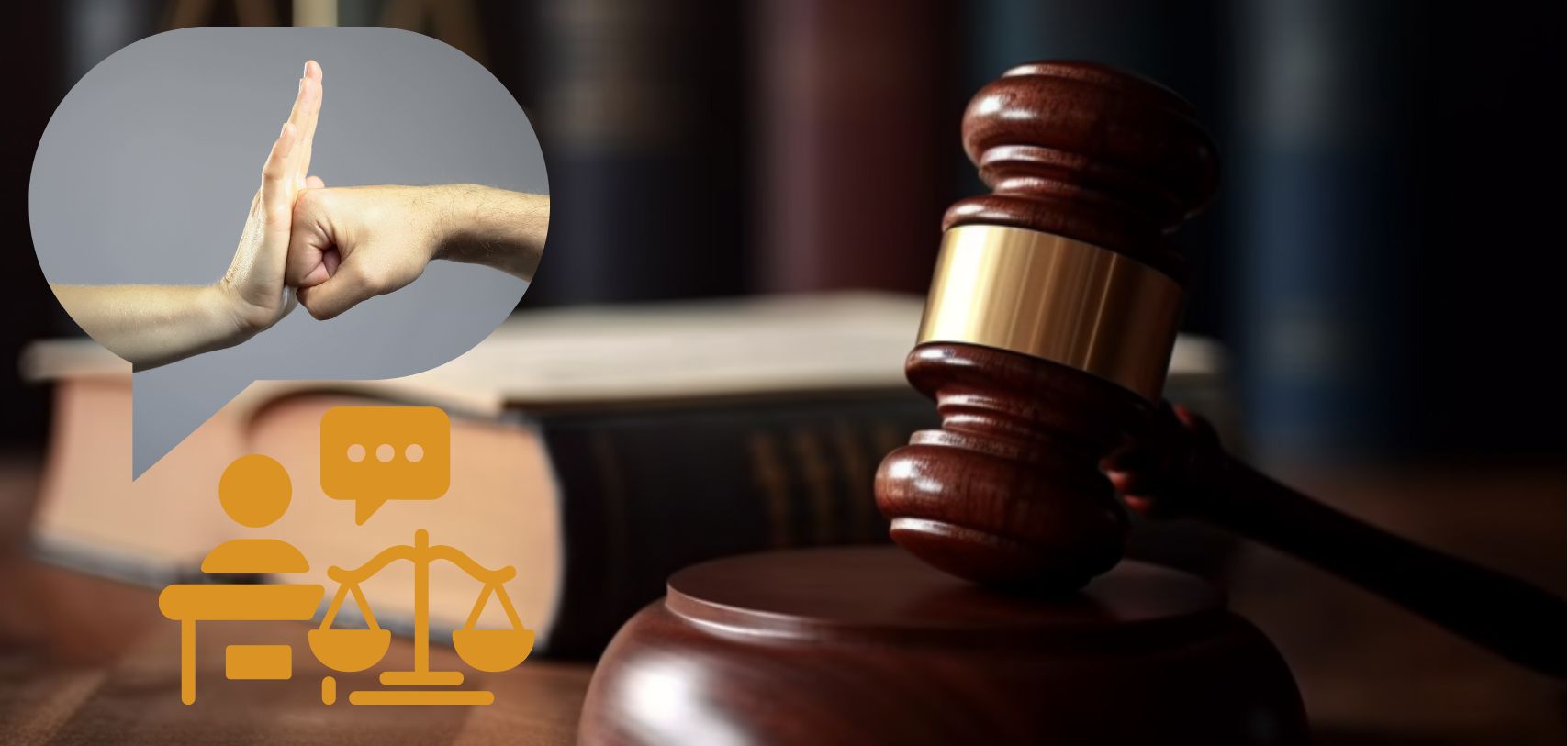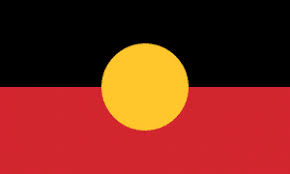The Australian Juvenile Justice System handles children aged 10–17 involved in criminal activities. Managed by state and territory governments, it emphasizes rehabilitation over detention. Each jurisdiction has unique legislation and is slightly different. The system prioritizes diversion by police or courts, steering youngsters toward support programs. Its overall aim is to make sure that children do not aim up the system.
If found guilty, a young person might receive unsupervised community-based sentences like good behaviour bonds, or supervised ones like probation, or detention sentences. The system can sometimes be complex and difficult to understand. Contact Jameson Law today for any questions about our juvenile justice system.
What does the Juvenile Justice System do?
The juvenile justice system in Australia has a crucial mission: to help young people get back on track and make better choices. Instead of focusing solely on punishment, the system aims to understand and address the reasons behind a young person’s actions. It’s about giving them a chance to change and grow positively. Key goals include providing support, education, and counselling tailored to their needs. The system wants to prevent repeat offences by guiding juveniles towards making better decisions.
Importantly, it emphasizes the idea of “restorative justice,” where young people learn from their mistakes and try to make things right with victims and the community. Ultimately, Australia’s juvenile justice system is about helping young individuals build a better future for themselves and become responsible members of society.
Rehabilitation through the Juvenile Justice System in Australia
In Australia, when young people get into trouble with the law, the focus is more on helping them change for the better rather than just punishing them. The idea is that because they’re still growing up, they have a chance to turn things around. This is because the Australian government understands that the nation’s youth are particularly susceptible to risk factors. As such, juvenile offenders are treated in a different way in which most crime is processed through the criminal justice system.
Instead of harsh consequences, the system aims to guide them in a positive direction. They get special support and education that’s designed just for them. The goal is to give them the tools and the right mindset so they can fit back into society. It’s like offering a helping hand to make sure they learn from their mistakes and have a chance for a better future.
Differences between the Juvenile Justice System and the Adult Criminal Justice System
In Australia’s juvenile justice system, adult offenders stand apart from youth offenders in ways that consider their distinct differences. Unlike adults, juveniles (children) are recognized for their ongoing cognitive and emotional development, making them more susceptible to external influences like peer pressure. Because that that, how youth crime is treated needs to be distinct based on the age of the individual x This understanding shapes interventions, with a focus on rehabilitating youth and addressing underlying issues contributing to their behavior. In contrast, adults may face more punitive measures.
The types of offences also set them apart. Juvenile offenders are often involved in less severe crimes like graffiti and fare evasion, while serious offences such as homicide and sexual assault are more commonly committed by adults. As such, what is tried in the main criminal justice system is markedly different to the juvenile justice system. This influences how the justice system approaches and responds to each group.
Furthermore, the prevalence of mental health issues and intellectual disabilities is higher among juveniles, emphasizing the need for interventions to be different depending on the age of those involved. As the Judicial Commission has noted, Juvenile justice statistics reveal that 17% of detained youth in Australia have an IQ below 70, compared to 1% of adults in New South Wales prisons. This shows another big difference between the youth justice system and older people facing arrest and incarceration.
In essence, Australia’s juvenile justice system recognizes the unique circumstances and vulnerabilities of youth offenders, employing a rehabilitative approach, while the adult justice system tends to focus more on punishment and deterrence.
Speak to a lawyer today
Facing questions about Australia's Juvenile Justice system or any criminal justice concerns? Contact Jameson Law for expert guidance and support. With a deep understanding of the complexities involved, Jameson Law's lawyers are some of the best in the business. Don't navigate the legal landscape alone—reach out to Jameson Law today for the help you need. Our experts can provide you with a tailored report that includes information about your specific situation. Remember, we are in it to win it!
Challenges of Juvenile Justice in Australia
Australia’s juvenile justice system confronts significant challenges, as highlighted by National Children’s Commissioner Anne Hollonds. Widespread reports of abuse and neglect in youth detention centres, exemplified by Tasmania’s Ashley Youth Detention Centre, underscore a pressing need for reform.
Tasmania’s Commissioner for Children, Leanne McLean, advocates for the closure of such centres, emphasizing their ineffectiveness. Despite a reduction in overall youth incarceration, concerns arise over increasing numbers held in detention on remand, awaiting sentencing.
The geographical constraints of providing essential services, such as mental health facilities, exacerbate the difficulties in offering suitable alternatives. Initiatives like the proposed bush-based diversion program aim to address complex needs, but a broader call for community-level alternatives emphasizes the necessity for comprehensive reform in Australia’s juvenile justice system.
In a nutshell...
FAQS
In Australia, youth justice is the responsibility of state and territory governments and each jurisdiction has its legislation, policies and practices. In general, the youth justice system is based on the principle that children who break the law should have opportunities for rehabilitation, with detention considered a last resort. As such, diverting children from the formal system by the police or the courts, and into support programs and services is a major feature of youth justice in Australia.
According to the Australian Institute of Health and Welfare, In 2017–18, about 1,100 children aged 10–14 were under youth justice supervision in Australia on an average day. Boys in this age group were three times more likely to be supervised than girls. The numbers for both youth justice and community-based supervision went down from 2008–09 to 2017–18.
There's a big difference based on where children live and their families' wealth. Children from less wealthy areas were ten times more likely to be supervised than those from wealthier areas.
Youth Justice NSW manages the juvenile justice system in Australia for young people aged 10 to 18. They handle cases involving youth who have encountered or are at risk of encountering the criminal justice system. Youth Justice NSW oversees both court-imposed custodial and community-supervised orders, along with intervention programs aimed at preventing young individuals from engaging in further criminal activities.

 (02) 8806 0866
(02) 8806 0866 





